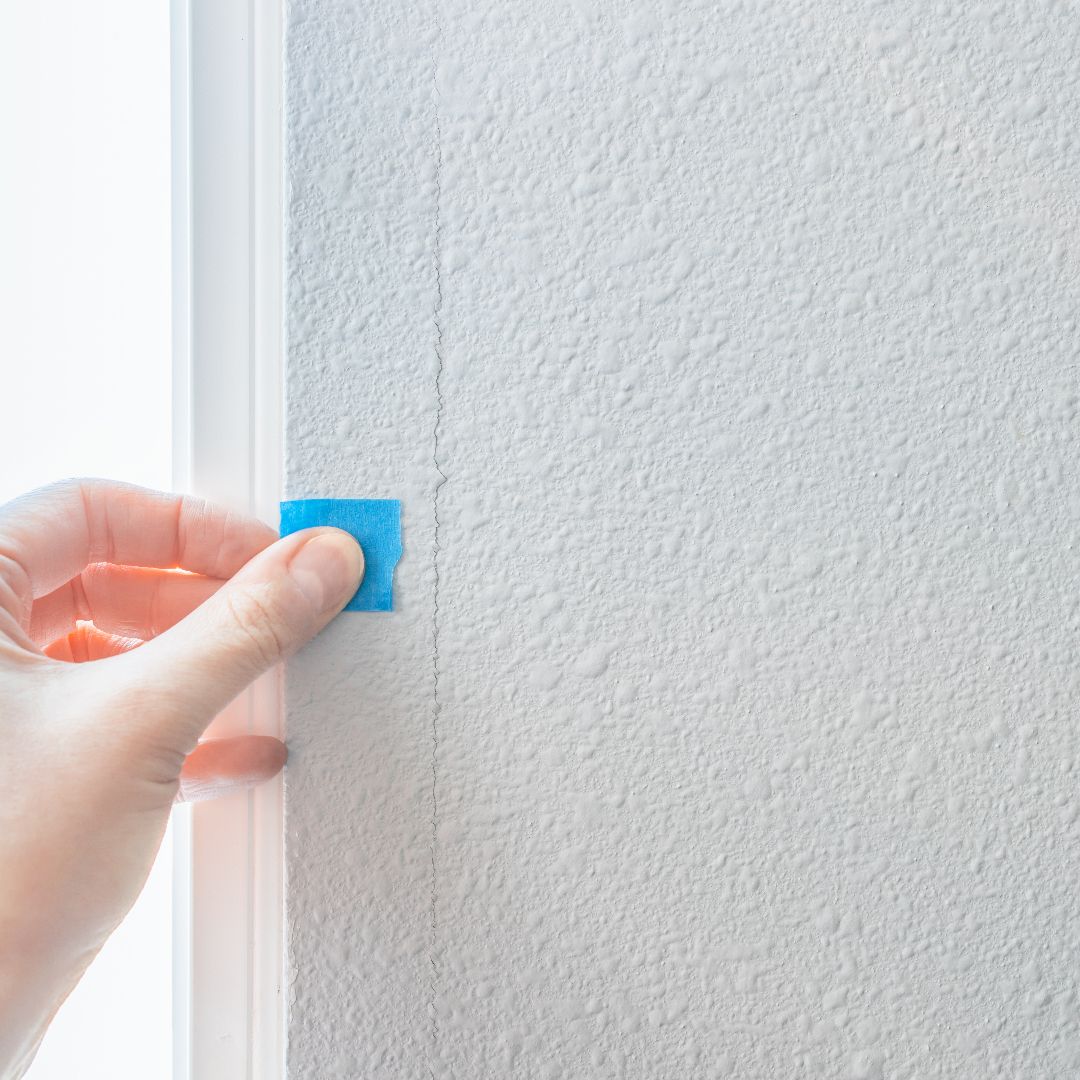We’re often asked what is considered a defect in new kitchens and bathrooms. The question sometimes comes from consumers with concerns about the quality of their new space. Other times we’re queried by designers who tend to get caught between their clients and contractors in renovation or new build disputes.
In this article, we’re sharing some of the defects often raised, along with some guidelines set out in the relevant Standards.
Cabinetry
AS (Australian Standard) 4386:2018 sets out ‘quality of cabinetry’ guidelines and determination rules. When it comes to determining defects in Cabinetry, the Standard states:
The evaluation of the cabinetry relates to the following:
- Dimensions and angles.
- Flatness and straightness.
- Parallelism of gaps.
- Alignment of drawers, flaps and pull-out leaves.
- Action of drawers, doors, extension leaves, assemblies and joints.
- Edges.
- Fitting of hardware.
- Surface evenness and smoothness.
The cabinetry shall be determined to be defective when the nature and extent of present defects are not in accordance with Clause 2.2 of AS/NZS 1859.3 and Section 2 of AS/NZS 4266.2.
The cabinetry shall be determined by-
- Viewing a section of the cabinetry from a distance of 1.5 +- 0.1m;
- Using normal vision, corrected where necessary, but without the aid of a magnifying glass; and
- Exposed to the equivalent of overhead white fluorescent lights providing an intensity of 800 lux over the area of the section being inspected.
Notes:
AS/NZS 1859.3:2017 covers Reconstituted wood-based panels — Specifications, Part 3: Decorative overlaid wood panels. It provides performance requirements and specifications for manufacturing and applying decorative overlaid wood panels. The Standard specifies dimensional tolerances and physical and mechanical properties for four types of decorative overlay applied to wood panel substrate (i.e. low-pressure melamine or LPM), PVC film, paper foils, and wood veneers. Appendices provide information on handling and storing decorative wood panels and selecting and applying screw fasteners.
AS/NZS 4266.2:2017 covers Reconstituted wood-based panels — Methods of testing, Part 2: Decorative overlaid panels. It covers test methods for properties relating to decorative overlaid reconstituted wood panels (low-pressure melamine, PVC film, decorative foils and wood veneer).
Painting
All substrates must be coated with a product suitable for the application. When specifying coatings, be sure to reference the manufacturer’s guidelines and instructions prior to your selection.
Painting is generally considered defective if it does not comply with the manufacturer’s installation instructions or AS/NZS 2311 – Guide to the painting of buildings.
The Standard requires a minimum of three coats on all new unsealed wall surfaces unless the manufacturer states otherwise. The first coat must be a plasterboard sealer, and the following coats – the top coats – must offer a level of washability or scrubbability.
Generally, variations in the surface colour, texture and finish of painted substrates are to be viewed from a ‘normal viewing position’. As per the cabinetry above, a ‘normal viewing position’ is defined as looking at a distance of 1.5 metres or greater with the surface or material being illuminated by ‘non-critical light’ (the light that strikes the surface, is diffused and is not glancing or parallel to that surface).
Paintwork is defective if application blemishes like paint runs, paint sags, wrinkling or dust are evident at normal viewing position. Additionally, bare or starved painted areas, colour variations (see note below), surface cracks, irregular or coarse brush marks or sanding marks are visible at 1.5 metres directly in front of the surface. A lack of uniformity in gloss levels and over-painting of fittings, trims, skirting boards, architraves, glazing and other finished edges are also considered defects.
Make it clear to your client and their painter that if brand or product changes are proposed, they must consult you first. While the alternative product may meet the Standard for ‘fit-for-purpose’ suitability, a change could affect the colour and cause issues upon completion. For instance, a Dulux Builders White is based on a black tint, while a Taubmans Builders White has an umber base; a change in brand could result in a very different outcome than intended.
When coatings fail within a determined time, they may also be considered a defect. Lifting, blistering, flaking or fading within the minimum periods indicated below:
- Interior (all finishes) – 36 months*
- Exterior acrylic – 36 months*
- Exterior enamel – 24 months*
- Exterior semitransparent stains – 12 months
*Note: some states have shorter durations than indicated above. If you need more information regarding your State requirements, submit your query via our Technical Support Service form.
Tiling
Unless documented otherwise, floor and wall tiling materials must comply with AS 3958.1: Ceramic tiles – Guide to the installation of ceramic tiles, AS 3958.2: Ceramic tiles – Guide to the selection of a ceramic tiling system and the manufacturer’s installation instructions for the materials selected.
When a homeowner supplies the tiles for laying by a contractor, they are responsible for any fault in the tiles (except where flaws should have been apparent to the tiler at the time of laying). The following guidelines apply when the contractor (tiler or builder) has supplied the tiles.
Where new tiles are necessary to match existing tiles in renovation, alteration or repair work, it may be impossible to match the new to existing work. In this instance, a slight difference in colour, size, texture etc., is not considered a defect.
The failure of the tiles, substrate, adhesive or grout supplied by a contractor is considered a defect. Tiles must comply with AS ISO 13006 Ceramic Tiles – Definitions, classification, characteristics and markings and AS 4459 Methods for sampling and testing ceramic tiles.
Tiles are deemed defective if they are not fit for their intended purpose. For example, wall tiles must not be installed on the floor.
Tiles used in wet areas are defective if they exhibit reverse water staining.
Tiles are defective if cracked, pitted, chipped, scratched or loose within 12 months of completion unless such cracking, pitting, chipping or scratching has been caused by action or inactions of the owner or others outside the contractor’s control.
Within six years and three months* from the completion of the work, cracked, pitted, chipped, scratched, or loose tiles are defective if they allow water penetration into the building or compromise the health and safety of those using it.
Grout
The following issues with grout may be deemed defects if they become apparent in the time frame determined by your State’s building authority.
- Grouting is defective if it is not installed to the requirements of AS 3958.1 Ceramic tiles – Guide to the installation of ceramic tiles.
- Grout lines are defective if they are not, as far as practicable, of consistent width. (Refer to our Technical Bulletin – Grout Lines and Tile Layouts – you’ll find this in the Members Portal.)
- Finished grout may be deemed defective if it’s not uniform in colour or smooth, without voids, pinholes or low spots and finished to the recommendations for the particular tile top (Again, refer to the Technical Bulletin noted above.)
- If grout becomes loose or dislodged, it may be considered defective.
Flexible sealants to junctions
Within a time determined by your State’s building authority, flexible or waterproof sealants to junctions will be deemed defective if they’re not installed as required by the BCA and AS 3958.1 Ceramic Tiles – Guide to the installation of ceramic tiles, or in accordance with the manufacturer’s requirements.
Uneven tiling
Except where tiles have distortions inherent in the manufacture, tiling is defective if it has joints that are not uniform, of even width, aligned or in the same plane. (Refer to our Technical Bulletin for more information.)
When measured with a straightedge, the finished surface of the tiling should be flat and true to within a tolerance of +/- 4 mm in 2 m from the required plane.
The lippage between two adjacent tiles should not exceed 2 mm. For tiles where the surface has been ground flat, for example, polished tiles, the lippage should not exceed 1.5 mm, and for joint widths of 3.0 mm or less, the lippage should not exceed 1.0 mm.
Control Joints
Floor tiling is defective if it has not been installed with movement or control joints as required by AS 3958.
State Legislation
Note: each State and Territory has an Act to regulate the contents of a domestic building contract and the parties’ responsibilities. These Acts also require compliance with regulated building standards (set out in the National Construction Code) and require buildings and their materials to be fit for their intended purposes. If you have an enquiry about a particular defect, submit your question via our Technical Service Support form.
The advice set out above is general in nature and should be used as a starting point for your own investigations. KBDi disclaims all liability for the use of the information by any user, including any losses, damages, lawsuits, claims or expenses that may result from using this information. KBDi recommends that you confirm (in writing, where possible) how your builder, certifier or local government authority interprets the relevant NCC, Australian Standard requirements and/or local, State, or federal legislation.
Reminder: Stay in your Lane
Before you get too involved in defect discussions, consider the services your licensing (or lack thereof) will allow you to undertake. Learn more about the difference between project consulting and projecting managing here.







0 Comments